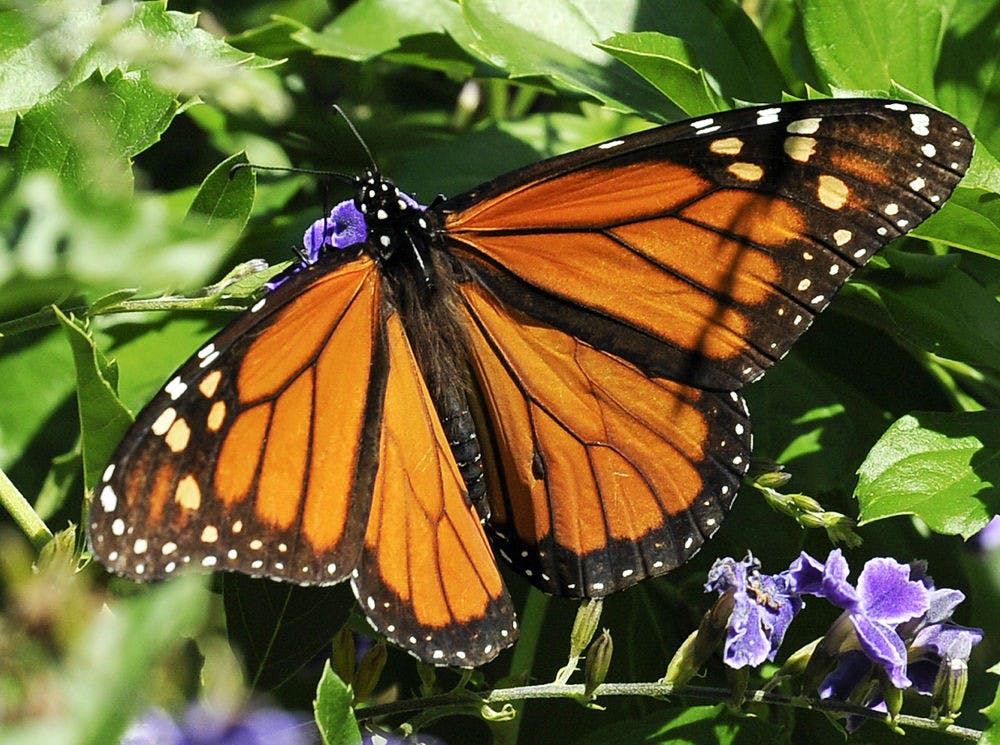A team of UF researchers helped put together the largest study on butterfly evolutions to date.
The study analyzed more than 200 species of butterflies and took about three years to complete. A study of that size hadn’t been done since the 1970s due to lack of technology, said Marianne Espeland, a former post-doctoral researcher at the Florida Museum of Natural History.
Espeland and Akito Kawahara, an associate professor at UF and curator of Lepidoptera, or butterflies and moths, at the Florida Museum of Natural History, led a team of 15 researchers.
The U.S. National Science Foundation funded the research as part of a larger comprehensive study called “ButterflyNet,” which aims to show how butterflies have evolved as a species, Espeland said. The researchers used butterfly fossils to see how they evolved over time, according to their study.
The team found 35 times more genetic data than any previous study had, Espeland said. Their research was published Thursday in the scientific journal “Current Biology.”
Espeland said the research serves as a backbone for further studies on the evolution of butterflies.
“This study is to basically get more knowledge,” Espeland said.
Their results found that older species of butterflies don’t have as much in common with newer species as scientists previously thought. It could cause scientists to give some species new Latin names because they aren’t as close as researchers previously thought, according to the study.
Kawahara said the research was expansive in a way earlier studies hadn’t been.
“This one is pretty comprehensive in terms of sampling of butterflies included and also includes a lot of genetic data as well,” he said.






